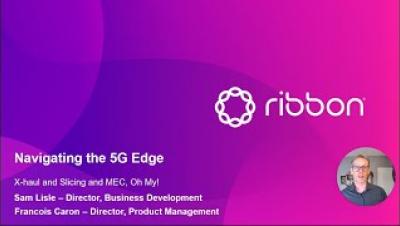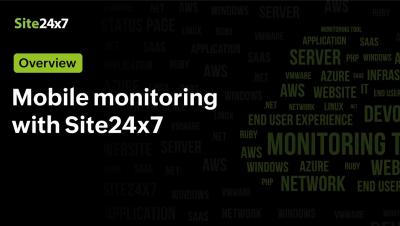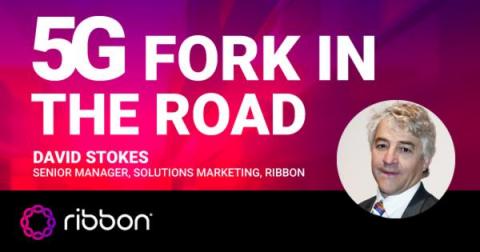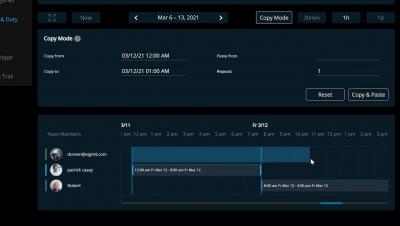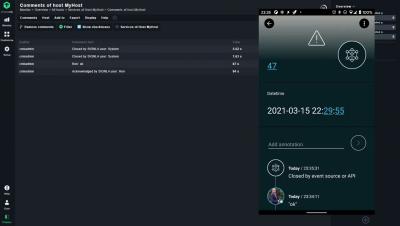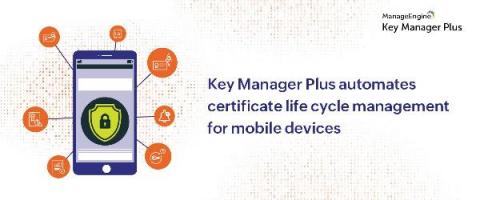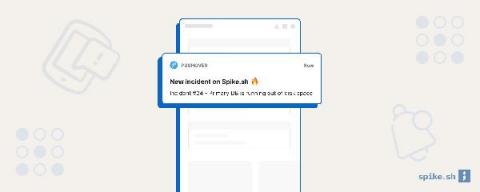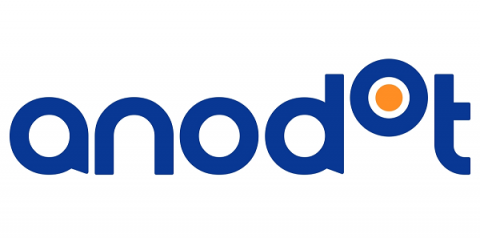Operations | Monitoring | ITSM | DevOps | Cloud
March 2021
A Sanity Listicle for Mobile Developers
Just like that Mobile March Madness 2021 is almost in our rearview. Before we look to April, let’s recap some of our most notable mobile updates from this past month with a few tips on how to solve what matters faster and a sneak peek of what’s coming next. That’s right. We’re constantly improving our mobile monitoring solution independent of our alliteration-based marketing campaigns.
Dynamically Assigning Users/Teams inside of Enterprise Alert
Monitor the performance of mobile websites and native mobile apps with Site24x7
Modernizing database operations using Google Cloud Anthos and Robin Cloud Native Storage
Adding Rich Content to Alerts, Work Orders or Service Requests
When you send alerts, work orders or service requests to your workers in the field, on the shop floor or campus it is essential to provide them with all relevant information necessary to solve the task. This prevents misunderstandings, avoids waste work, time for searching information and thus increases productivity and facilities an effective, timely incident resolution.
Why do I need to switch to Firebase?
Apple announced some time ago that the Apple Push Notification (APN) will be deactivated for sending push messages as of March 31, 2021. To continue to ensure the sending of push messages to iOS devices, we have already implemented push shipping via Firebase in Enterprise Alert 2019. Unfortunately, the change could not be done automatically and requires manual intervention.
The 5G Fork in the Road for Network Transport (And Which Path to Take)
The hype of 5G is ushering in the potential for drastic network change and is driving service providers to prepare for the future. Today’s networks provide ubiquitous all-purpose IP connectivity to support all services.
Automate (and scale) your Android deployment with Bitbucket Pipelines
Performance Monitoring for Android Applications
Android is arguably the most ubiquitous operating system in the world. Whether it’s a tablet, phone, folding phone, computer, TV, or IoT device, chances are you’ve interacted with Android OS. And to help developers get full visibility into how their customers experience Android’s myriad applications, we’re extending Performance to Android.
Planning of on-call duties, services and shifts with Signl4
Tutorial: How to connect Checkmk to SIGNL4
Integrate certificate life cycle management with enterprise MDM and boost your mobile ecosystem security
A huge portion of today’s corporate network is made up of mobile endpoints, such as laptops, tablet computers, and mobile phones. These are domain-joined and non-domain devices that require access to corporate assets to carry out everyday operations.
How to get mobile push notifications from any service
Love 'em or hate 'em, mobile push notifications can be very useful. They are not as intrusive as a phone call and have better information formats and control than text messages. Which is why it can be very frustrating to not get push notifications for your favorite product because it doesn't have a mobile app. In this post, we will see how to get mobile push notifications from any service, even if they don't have a mobile app.
Continuous integration for a Bazel Android project
Bazel (pronounced like the tasty herb: “bay-zell”) is an universal build tool developed by Google. Some notable companies like Twitter and projects like the Android Open Source project have migrated to Bazel. In this tutorial, you will learn how to build a Bazel Android project and set it up for continuous integration with CircleCI. We will wrap up by automatically running tests and producing a binary APK file. In addition to the written guide there is a working sample project.
How to get mobile push notifications from Spike.sh
When an issue happens in your software in production, the channel to send the alert on depends on multiple factors. If it's a critical issue requiring immediate attention, you should alert the team member via phone call. But not all issues require a phone call, and in fact it may become annoying if your phone keeps ringing for minor issues. This is where other channels like SMS, Slack and mobile push notifications come in.
Fueling 5G with Kubernetes: The next step for telcos
5G is in the process of transforming communications technology, enabling never-before-seen data transfer speeds and high-performance remote computing capabilities.
How to get started with CircleCI for Mobile
Robin.io Presents at Mobile World Congress - Shanghai, China Feb 2021
Exploring the Value of your Google Cloud Logs and Metrics
With our ability to ingest GCP logs and metrics into Splunk and Splunk Infrastructure Monitoring, there’s never been a better time to start driving value out of your GCP data. We’ve already started to explore this with the great blog from Matt here: Getting to Know Google Cloud Audit Logs. Expanding on this, there’s now a pre-built set of dashboards available in a Splunkbase App: GCP Application Template for Splunk!


